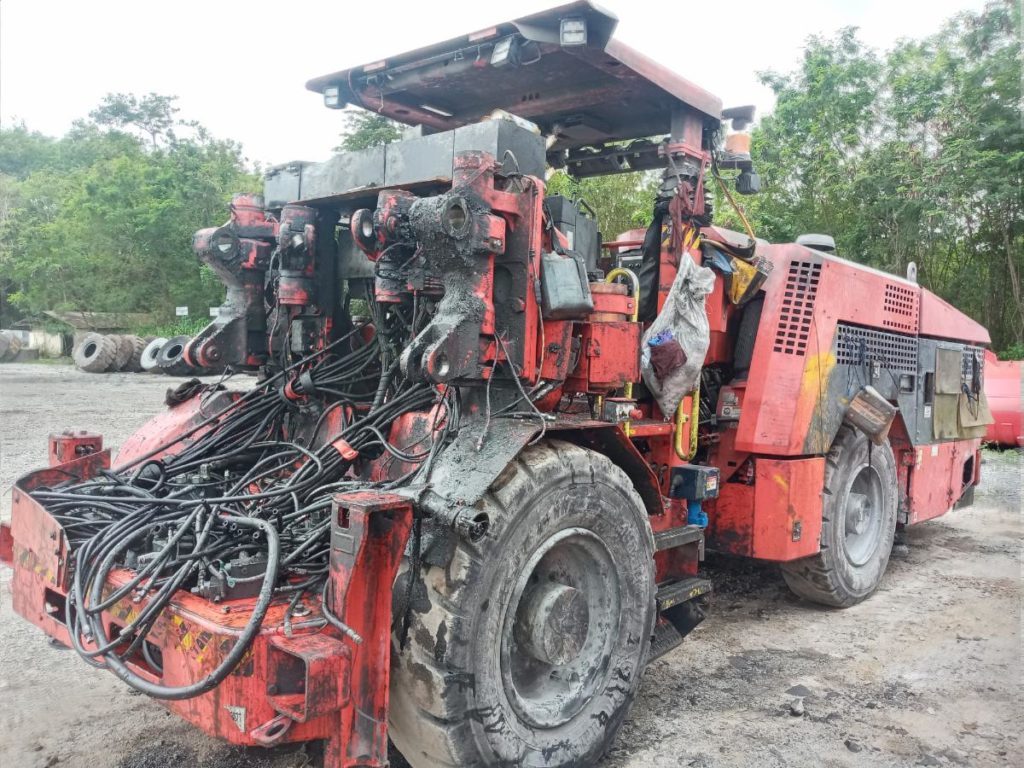The need to ‘reduce, reuse and recycle’ is now widely accepted, but Sandvik Mining and Rock Solutions argues that equipment rebuilds also reduce fuel consumption, Total Cost of Ownership (TCO), downtime and accidents, in addition to carbon footprint.
Sandvik says it is able to completely refurbish virtually any of its older machines to the latest spec at a significant discount to what customers would pay for an equivalent new model.
In fact, rebuilds can be most effective when they are undertaken as mid-life services that ensure greater reliability in the long-term, while immediately helping to boost performance, increase safety and slash TCO, the company says. And it’s the growing recognition of the value these services offer that explains why major players are jumping on the rebuild bandwagon, rather than automatically trading up.
With rebuild workshops becoming busier and increased lead times for components large and small, much more forward planning is required nowadays, according to the company. This also ensures customers can select the least disruptive time for the work to be carried out, minimising unplanned shutdowns.
“Our offering ranges in complexity from the base Custom Rebuilds, via Life Extension, up to Reborn and Reborn+ scopes,” Nell says. “We begin with a thorough assessment, to decide what components are required to meet the brief. This allows us to order the parts in advance, so that the real work can begin as soon as we receive the machine. The whole process typically takes 6-7 months, although 2-3 months isn’t unheard of when the need is urgent.”
This assumes the intervention is carried out at a Sandvik facility, enabling the company to use the highest levels of standard operational procedures, tools and cleanliness, etc. By rebuilding to a set of fixed standards, Sandvik can offer the customer an ‘as new’ or standard warranty depending on the scope, which could not be guaranteed if the work was done at the customer’s site, it says. Some equipment, however, may be irretrievably situated below ground, in which case exceptions need to be made.
So what can a customer expect once their machine arrives at a rebuild workshop? In Sandvik’s case, over 1,000 measurements, diagnostics and check points are analysed before the restoration even begins. After the machine has had a full stripdown, the company’s engineers carry out non-destructive testing to determine the extent of any metal fatigue and ensure that a rebuild is indeed viable. Once it’s been approved and repainted, it’s effectively a full ‘nut and bolt’ restoration, using only genuine parts.
Often using pre-assembled kits to speed up turnaround time, all major components will usually be replaced. Older machines will frequently be rebuilt to new generation spec, such as the latest engine technologies where appropriate, or upgrades in terms of hardware and software – most notably Sandvik’s Knowledge Box technology or the latest safety features.
Testing for functionality then follows, before the machines are once again put back into service with their operators. A further benefit of this approach is that, unlike when a 10-year-old machine is replaced with a new model, there is no need to retrain the operator. They can simply get in and immediately begin providing the same (if not higher) levels of productivity as they previously did – albeit in greater comfort and safety.
“With rebooted machines typically offering at least 90% of the lifespan of new equipment, the economic advantages to mine owners are clear – and we haven’t even touched on the environmental benefits that result from the huge reduction in energy consumption enabled by this reduce-and-reuse philosophy,” Nell concludes.
Although the majority of underground equipment is rebuilt no more than once due to structural fatigue, machines such as rotary surface drills can quite easily have their components replaced two or three times, operating well over 100,000 machine hours before they’re put out to pasture.











